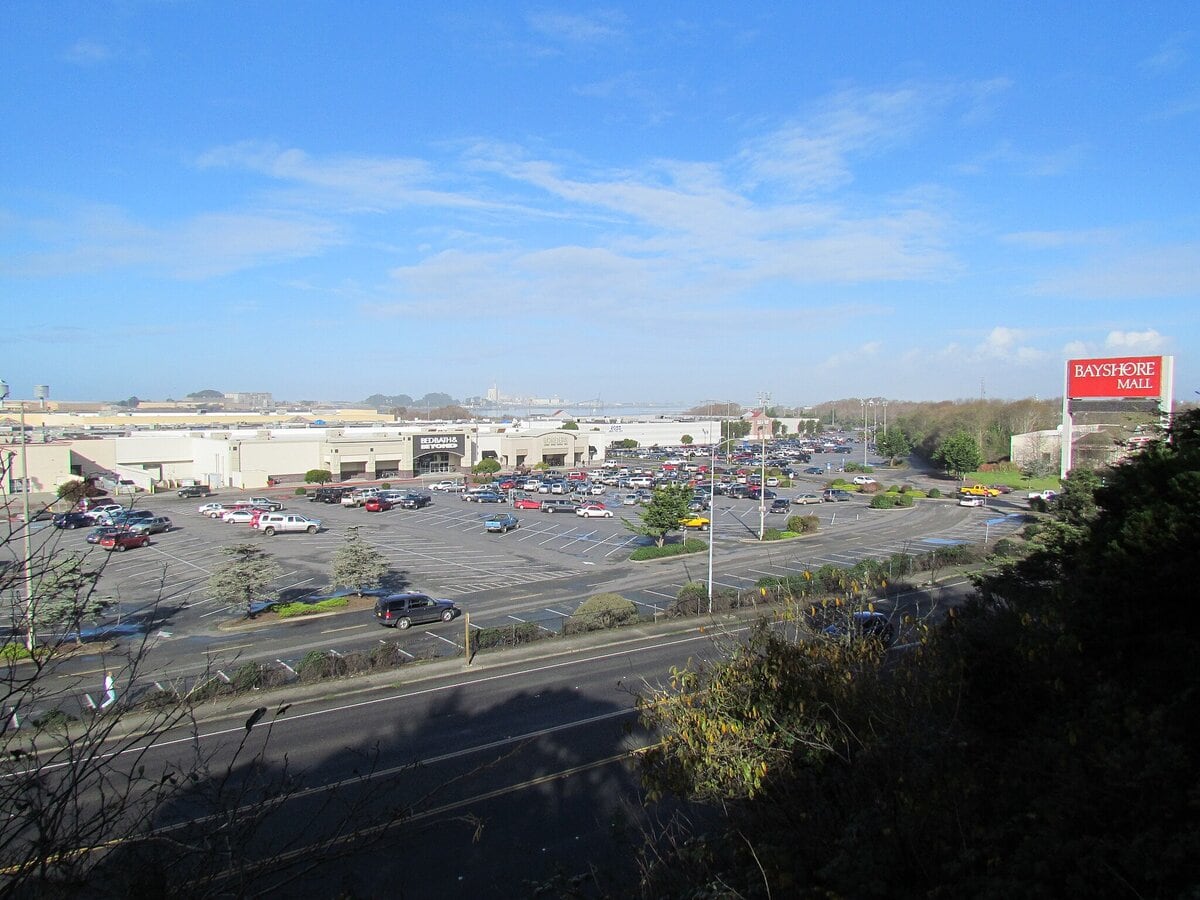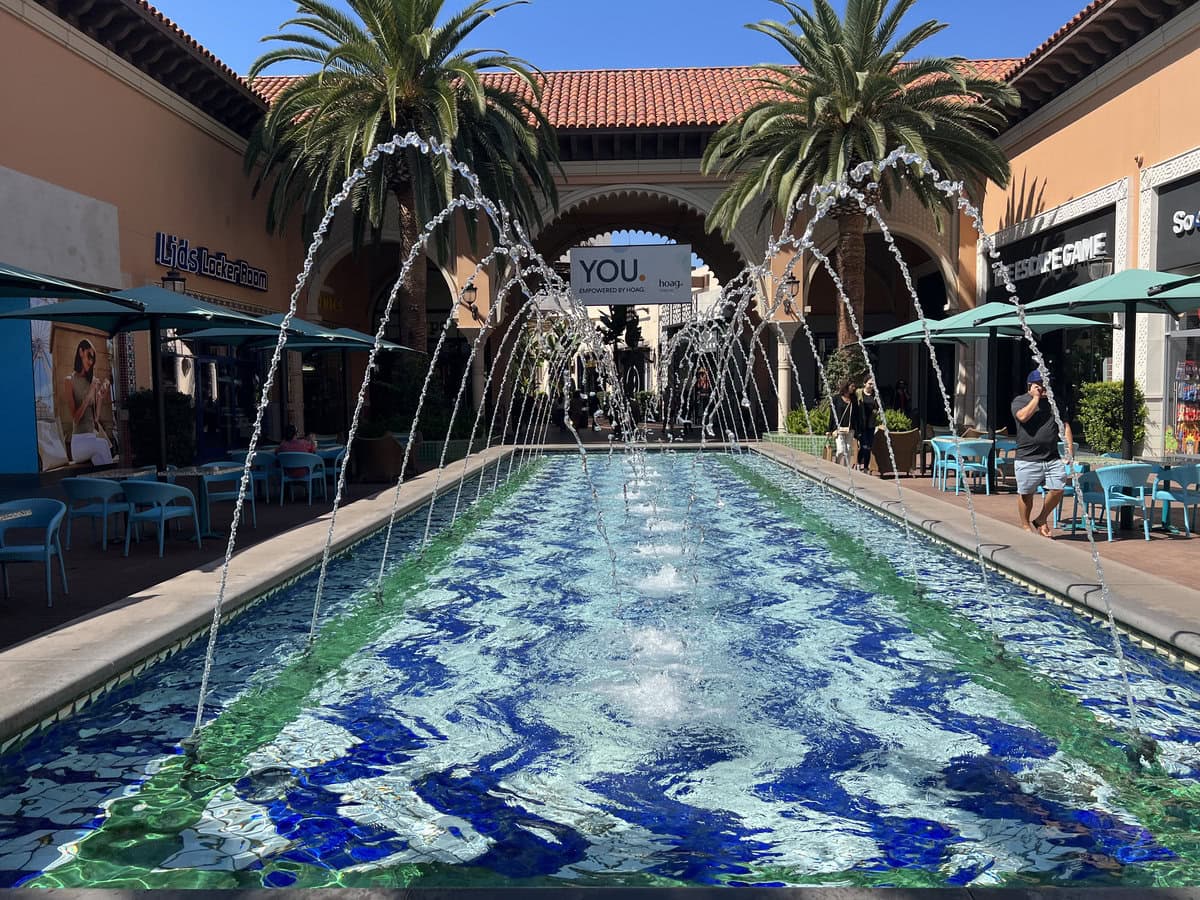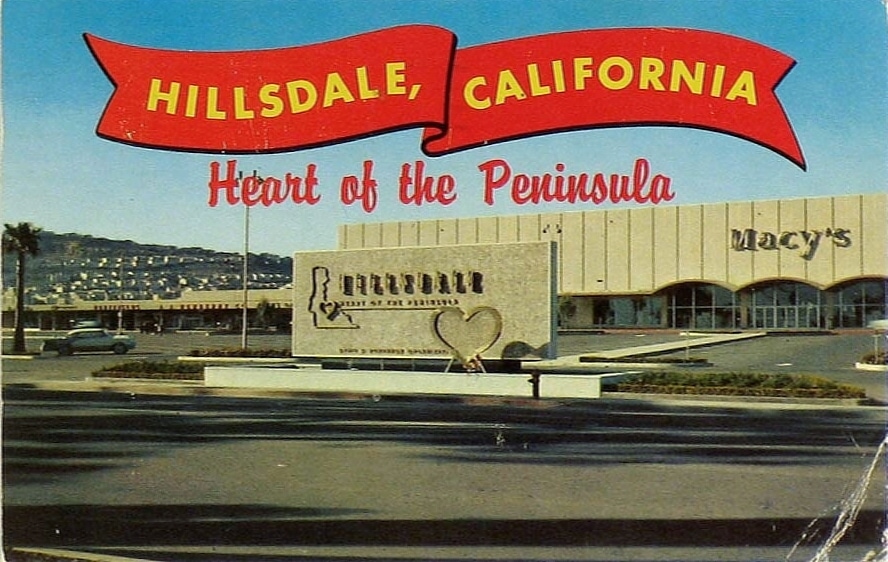A Mall Built for the Bay
Walk past the cracked sidewalk along 3300 Broadway, and the first thing that hits you is the scale.
Bayshore Mall still stretches long and low across the pavement, its footprint unchanged since 1988 when it opened with Sears, Mervyn’s, Gottschalks, and JCPenney anchoring each side.
The roofline remains flat, quiet, and steady – less a landmark than a reminder. For decades, it stood as the only indoor shopping center between the Golden Gate and the Oregon line.
Retail Construction and Early Foot Traffic
Bayshore Mall opened in 1988, built into the flat coastal stretch near Broadway at the western edge of Eureka.
There wasn’t much around it then beyond highway traffic and the smell of the bay hanging in the air.
Inside, the layout was classic late-80s retail: four anchors stretched out to the edges, each one pulling in a different crowd.
Mervyn’s took one end, Gottschalks filled another, with Sears and JCPenney closing the square.
Each anchor drew its share of weekday foot traffic and weekend families, stacking department-store branding alongside local routines.
Longs Drugs was one of the early tenants, too, until it closed and handed its space off to Petco in 2004.
For the first two decades, Bayshore offered steady patterns: school shoes in August, gift sets in December, soft pretzels on Saturdays.
By the early 2000s, though, parts of the floor plan started going dark. A few places never filled back in.
The mall stayed full enough to keep its anchors, but the changes had begun.
Bankruptcy Closures and Replacement Leases
The first major closure came at the end of 2008, when Mervyn’s filed for Chapter 11 and left the south anchor vacant.
That space didn’t stay empty long. Kohl’s moved in and opened on September 27, 2009. But the anchor count never quite stabilized again.
Gottschalks closed in July 2009, just months after Mervyn’s, leaving behind a two-story box with 73,000 square feet and a façade stripped of its logo.
By the next summer, plans had been submitted for Walmart to take it over.
Construction crews started soon after, and the store officially opened on June 12, 2012.
In the middle of those moves, JCPenney downsized, tried an outlet format, then exited altogether.
Borders and Bed Bath & Beyond split the resulting space. Borders shut down in September 2011 following the chain’s collapse.
By 2013, TJ Maxx filled that slot, and ULTA Beauty and Sports Authority moved into the spot once used by The Movies.
Each change was a realignment more than a recovery. The new names weren’t filling like-for-like.
They shifted the mall’s character from full-service retail to patchwork leasing.
Even as new signs went up, the foot traffic never spread evenly again.
Some corners stayed bright and busy. Others grew quieter with each passing year.
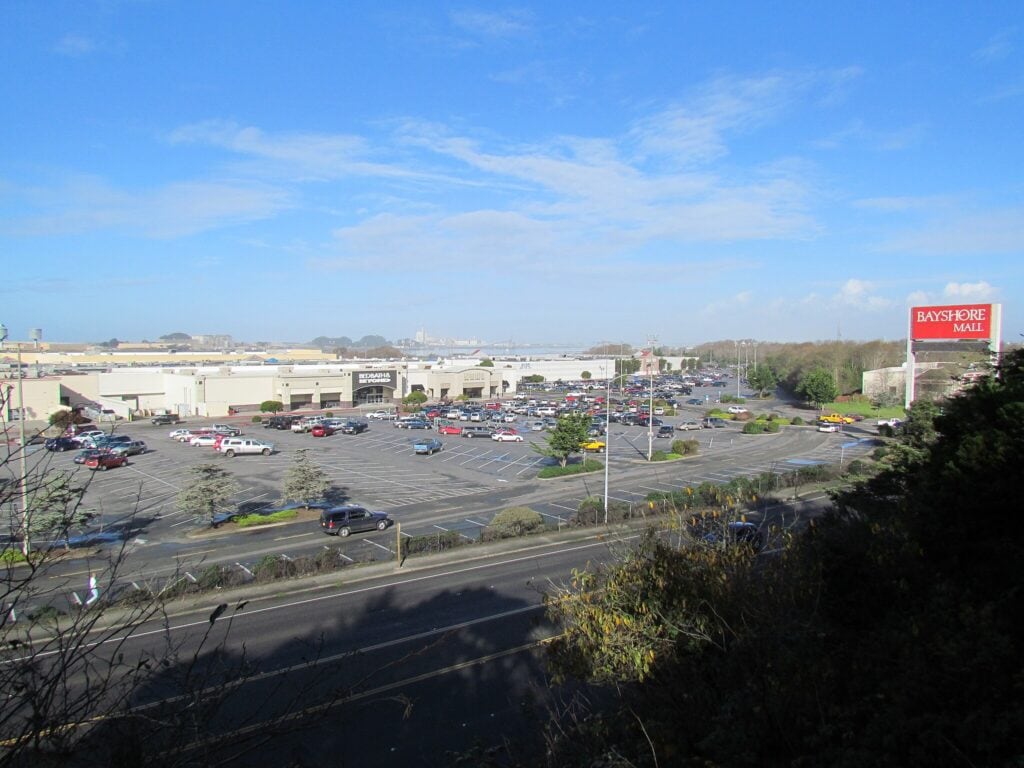
Structural Shifts and Post-Quake Recovery
At 4:27 p.m. on January 9, 2010, a 6.5 earthquake hit off the coast of Eureka, about 27 miles offshore.
Inside Bayshore Mall, ceiling tiles dropped, sprinklers kicked on, and loose floor sections cracked underfoot.
Emergency crews checked the structure. Engineers cleared the building, no core damage, but clean-up took time.
Some stores reopened quickly. Others stayed dark for days, the smell of soaked carpet lingering in closed corners.
In the years that followed, the mall’s tenant mix didn’t just change, it regrouped.
The Movies, a locally run cinema operation, closed in December 2009, just weeks before the quake.
Sbarro folded in 2014, after bankruptcy ripple effects spread through its national chain.
RadioShack, once a staple near the center aisle, shut down.
Other storefronts kept the lights on.
Planet Fitness filled half the old Hometown Buffet space in early 2016, its delayed opening pushed back by fit-out work and leasing delays.
Around the same time, Staples settled into the buffet’s other half.
Retailers came in by the square foot, not the wing, and the once-consistent symmetry of the floor plan shifted with each new move-in.
Anchor Turnover and Market Consolidation
June 29, 2019, marked Old Navy’s return to the mall. The brand had left ten years earlier, one of the early exits during the anchor reshuffle.
This time, it opened in the space vacated by Sports Authority, which had closed in June 2016 following the company’s bankruptcy.
The buildout reused much of the existing layout, saving time, but the energy felt different.
The return didn’t signal a resurgence. It was part of a quieter, calculated tenant fill.
The last original anchor, Sears, held on until December 1, 2019.
Its closure followed a national downsizing strategy affecting 85 locations across the U.S. The signage came down quickly, but the bare wall left behind still carried the faded outline of its letters.
In 2020, Pier 1 Imports joined the list of closures, leaving its space empty after the company announced it would shut down more than 400 stores nationwide.
Ray’s Food Place, once operating in a separate building just south of Kohl’s, closed at the end of 2013 after its parent company filed for Chapter 11.
Sportsman’s Warehouse later took over that building.
Bed Bath & Beyond closed in 2023, its bankruptcy cutting off one more link in the national-to-local retail chain.
Each anchor loss left another cavity in the mall’s outer shell. The core still held, but the ring around it grew uneven.
Current Leasing Footprint and Transit Connectivity
As of mid-2025, Bayshore Mall holds steady at around 45 operating tenants.
Two anchors remain in place: Walmart, opened on June 12, 2012, and Kohl’s, which took over Mervyn’s old space in 2009.
Around them, national chains like TJ Maxx, Ross Dress for Less, Staples, Old Navy, ULTA Beauty, Sportsman’s Warehouse, and Petco keep their signage up, drawing regular customer flow.
Despite the vacancies and reshuffles over the past decade, the floor layout hasn’t been radically altered.
The internal corridors still lead past tiled planter beds and polished concrete that reflects the ceiling grid in the afternoon light.
The central food court area no longer holds full-service chains, but retail square footage remains largely intact.
The bus service still routes through Bayshore’s curbline.
Eureka Transit Service stops nearby, with Red, Green, Gold, and Rainbow lines marked on the posted maps.
Redwood Transit System also runs its mainline through the area, connecting the property to the rest of Humboldt County.
Midday, riders wait along the bench outside Walmart’s entrance, jackets pulled tight against the wind that cuts across Broadway.
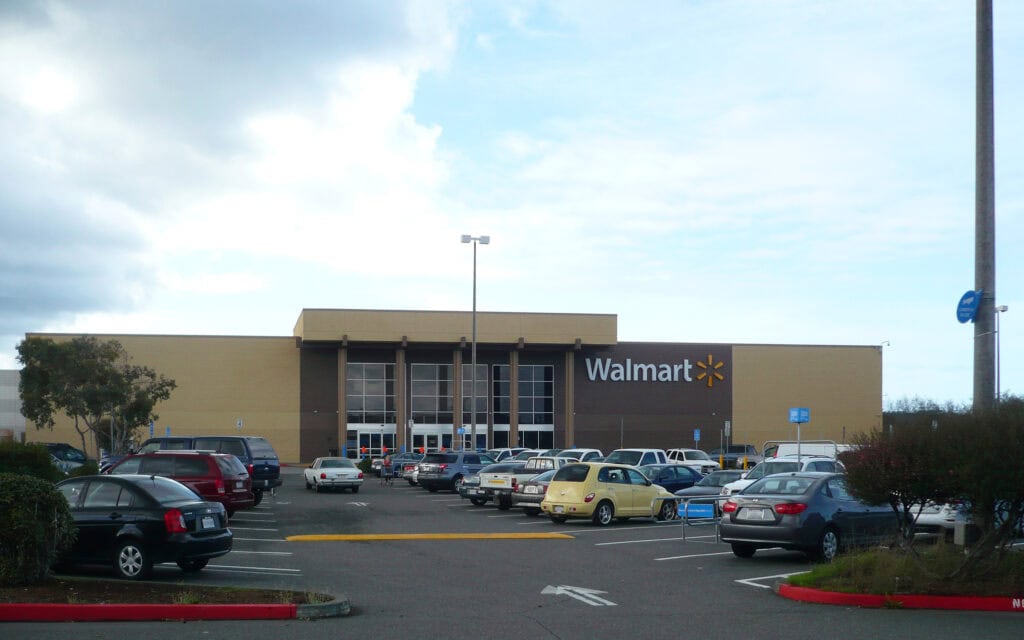
Public Feedback and Civic Planning Proposals
In March 2025, a public poll drew 3,442 votes on what should happen next at Bayshore Mall.
The question didn’t ask whether change was needed, but what kind.
Ideas ranged from housing, art studios, and film production to senior centers, indoor recreation, and cannabis history exhibits.
The mix pointed less to consensus and more to curiosity, people were thinking ahead, even if the future stayed hazy.
That same month, city officials acknowledged a capstone project underway from four Cal Poly Humboldt students, their assignment: re-envision Bayshore Mall.
The team met with Eureka’s Development Services office and began modeling scenarios for the reuse of the space.
For the first time in years, the mall was being studied for its next phase, not just its next tenant.
The DMV’s departure from the mall underscored the shift. Its office closed May 16, 2025, and reopened June 4 at 2500 Sixth Street.
Even a state agency with regular traffic was ready to relocate.
And just outside the parking lot, Caltrans broke ground on the South Broadway Complete Streets Project – installing bike lanes, lighting, and safety upgrades set to continue through 2026.
🍀

